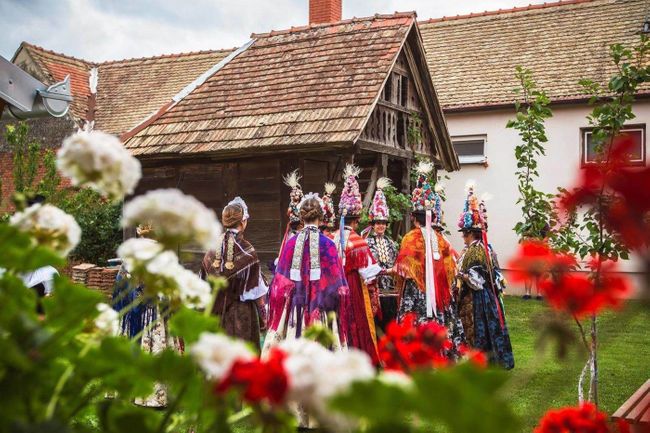Rijeka Carnival is the biggest and most colourful in Croatia, and always starts the year off with a spectacular bang. Celebrations begin in mid-January and continue well into February, with a series of parades and celebrations.
It starts with local men dressed in animal skins, the UNESCO-listed zvončari, chasing away evil spirits by clanging huge cowbells. Originally celebrated by the Hapsburgs in the 1800s – then forgotten – the carnival was revived in 1982, when three groups of masked men walked down Korzo to the bemusement of locals.
Now, hundreds of thousands of spectators line the streets to cheer a kaleidoscope of floats, masked revellers and accompanying musicians. The big event is the International Carnival Parade, which kicks off on the last Sunday of February. It takes the whole afternoon for floats to pass along the main streets and reach the canal, where partying continues well into the night.
Learn more on Rijeka Carnival's official website








